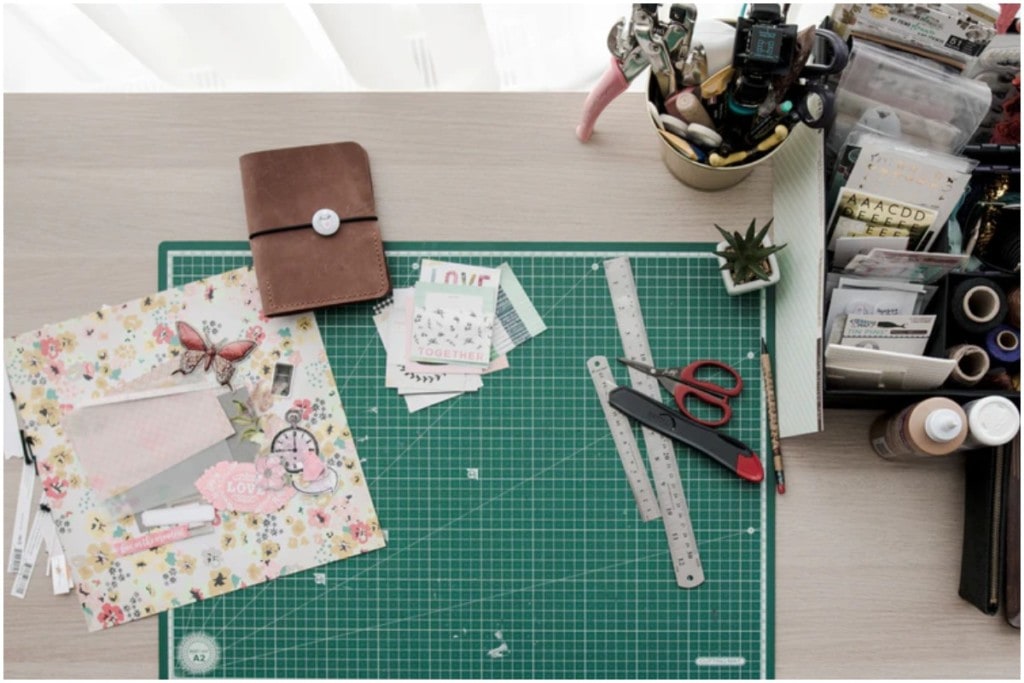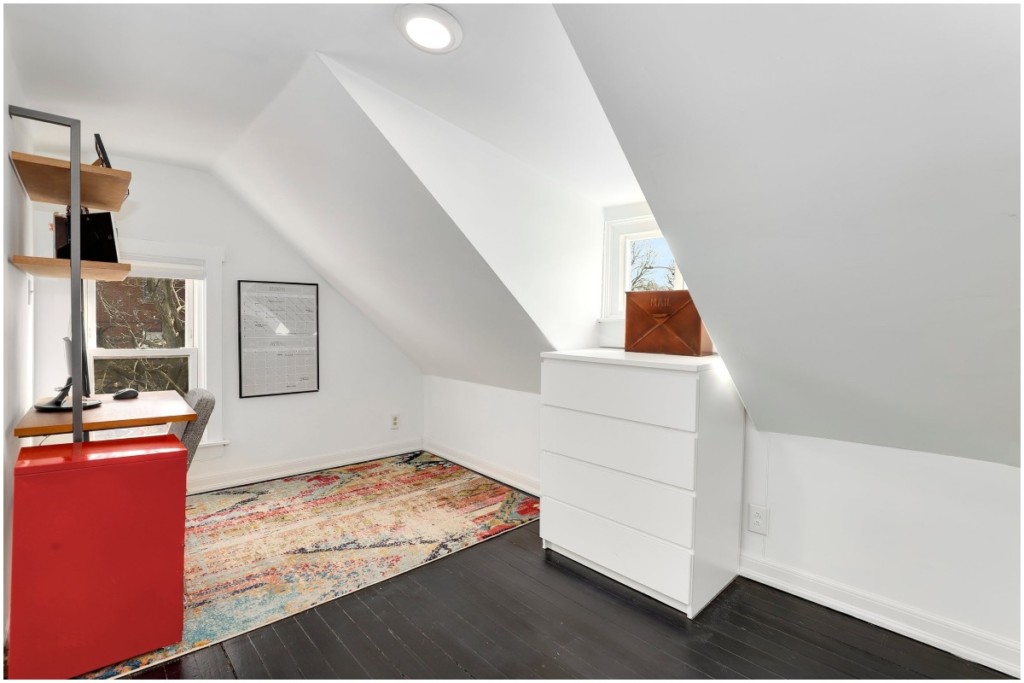12 Ways to Reduce Indoor Allergens in Your Home
If you suffer from allergies you are not alone. Did you know that over 50 million Americans suffer from indoor and outdoor allergies? It doesn’t matter if you live in a house in Portland, OR or a condo in New York, NY, allergens are everywhere, including inside your home. In fact, according to the Mayo Clinic, the same variables that cause your indoor allergies can also trigger asthma-related symptoms.
Unfortunately, there is no cure for allergies. You can, however, manage or reduce your indoor allergies with preventive measures. For indoor allergies, the first step is to understand what can cause them and then take the necessary steps to minimize or eliminate those causes. Rather than being overwhelmed by all the possible allergens in your home, it’s easier to take a step-by-step approach through each room to identify and control where possible allergens may be coming from.

Reduce indoor allergens throughout your house
The best place to start to control your allergies is at the front door. Once the allergen gets inside you have more work to do to keep it contained. Here are some key whole-house allergy prevention tips:
1. Declutter your home
Take a good look around and remove any items that have been collecting dust – and therefore allergens. This list includes tabletop decorations, knickknacks, magazines, and books. If you have children you’ll want to store children’s toys, stuffed animals, and games in plastic bins. Regular dusting is an important part of reducing allergens in your home, and reducing the amount of clutter will help eliminate spaces where dust is more likely to accumulate.
2. Have everyone – family and visitors alike – remove their shoes at the door
Outdoor allergens like pollen and mold can enter your home on your clothing or the bottom of your shoes. Once inside, these allergens hide in the carpet and make their way into your ventilation system where they are much harder to eliminate.
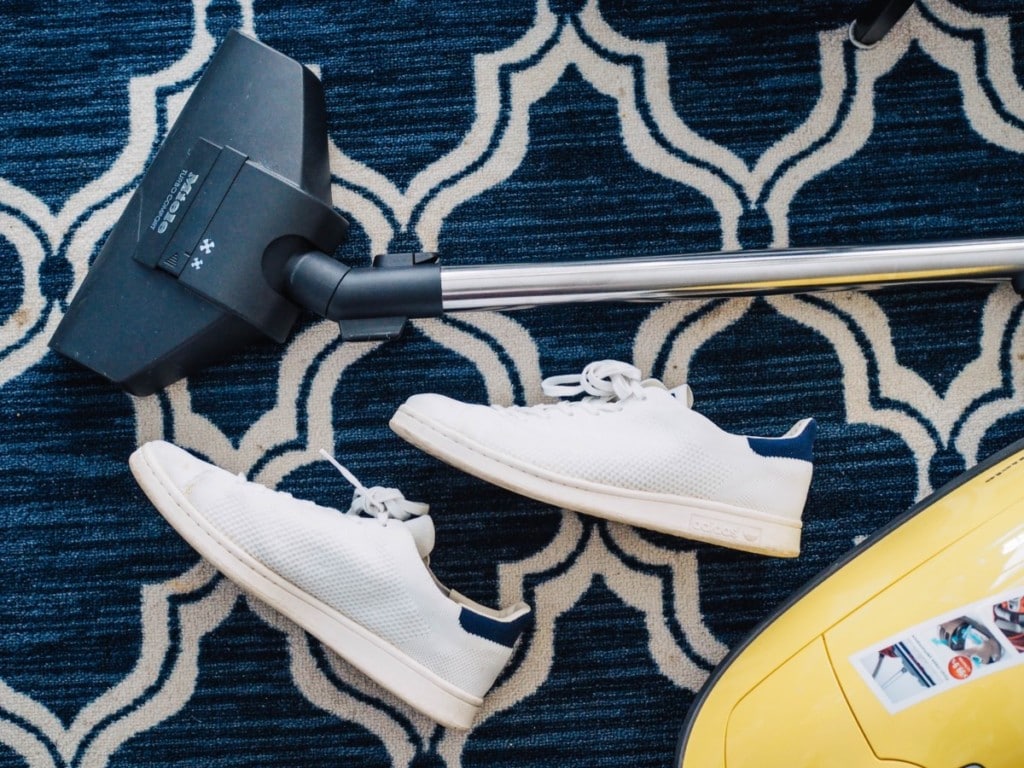
3. Make sure your vacuum has a HEPA filter
After you kick up dust or your children decide to walk into the house with their shoes on, the vacuum is your best friend. A vacuum with a HEPA filter gives you the best chance to contain and reduce allergens. A HEPA filter is a small-particle or a high-efficiency particulate air filter.
4. Dust and deep clean your home regularly
Use a damp rag to help grab the dust particles and prevent them from flying up into the air. Dust mites are the most common trigger of year-round allergies – and they thrive in the dust in our homes. Regular dusting will help you keep the dust mite population at bay and reduce your allergic reactions to dust.
5. Use a good air-purifying system to reduce indoor allergens
You’ve removed your shoes, busted the clutter, and embraced a regular dust-and-vacuum routine. The next step is to install a high-quality air-purifying system – one that uses a HEPA filter – to catch those pesky no-see-um particles.
6. Set your thermostat to 70 degrees or lower
Hot, humid environments are proven breeding grounds for insects and mold. According to the Mayo Clinic, when you keep the temperature between 68° F (20° C) and 72° F (22° C) and hold relative humidity no higher than 50 percent, you’ll reduce many common allergens.

7. Replace your old carpet and eliminate extra textiles
If you continue to suffer from allergy symptoms, it might be time to replace your carpet and take down the curtains. You will reduce the habitat for allergens in your home by replacing old carpets with new ones or hardwood, tile, or vinyl, and also washing any area rugs on a regular basis.
8. Add air-cleaning houseplants in each room
Certain houseplants can help clean indoor air of pet dander and keep humidity levels under control. Plants can be both beautiful and beneficial. A NASA study found the following houseplants to be the most beneficial:
- Areca Palm – Humidifies naturally

- Lady Palm – Filters ammonia
- Bamboo Palm – Grows tall in low light
- Golden Pothos – Requires little maintenance
- Philodendron – Removes formaldehyde
- Gerber Daisy – Reduces benzene levels
- Dracaena – Absorbs and holds allergens
9. Clean your air vents regularly, including your central air conditioning (AC) filter
If you’re not a plant person but want to keep your internal ventilation clean, the next best thing is to get your air vents cleaned regularly and replace your furnace and AC filters. Run external dehumidifiers and air purifiers with HEPA filters to reduce your indoor allergies.
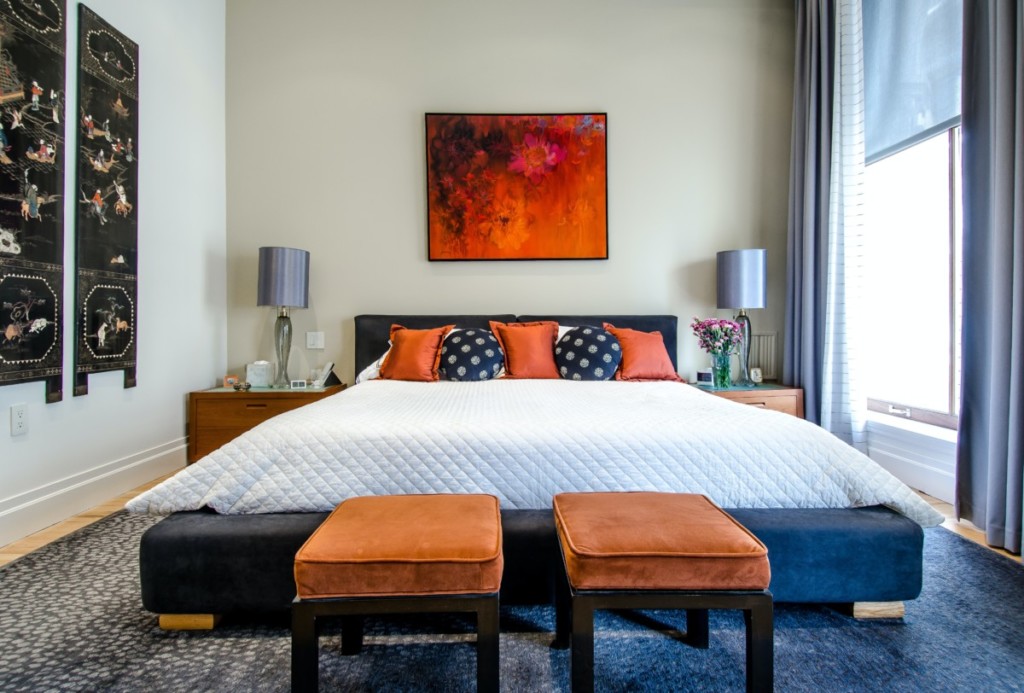
Reduce bedroom allergens
According to the Sleep Foundation, we spend a third of our lives asleep. That equates to approximately 7 to 8 hours spent in our bedrooms per day. Is it any wonder that our bedrooms are one of the largest dust factories in our homes?
10. Put bed protectors in place to keep dust mites at bay
Those pesky dust mites are everywhere. In your bedroom, the best way to control or eliminate them is to put a dust-mite protective cover over your box spring, mattress, and pillow – under your regular bedding of course. Wash sheets, pillowcases, blankets, and comforters once a week in water heated to at least 130° F (54° C). Consider replacing any wool or feather bedding with synthetic materials.
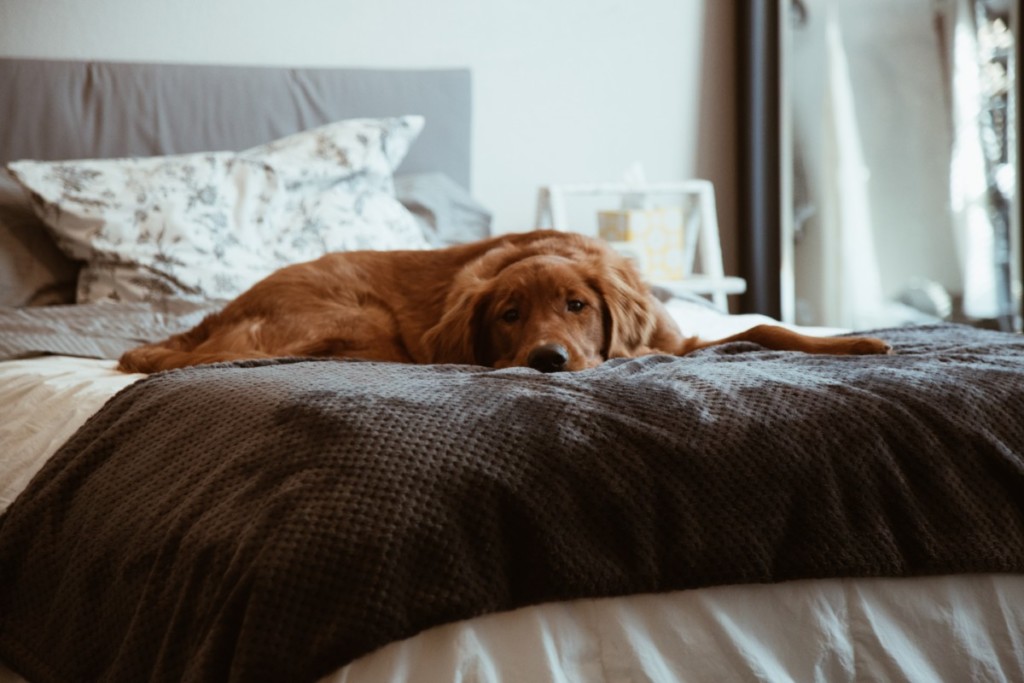
11. Banish cats, dogs, and other animals from your bed to reduce animal dander
Did you know 3 in 10 people have allergic reactions to their pets? We all love our pets, but if you and your family suffer from indoor allergies you will want to keep the animals out of the bedroom. Another good practice is to bathe pets once a week to reduce the amount of dander they shed. Also, to help the transition, think about getting them their own bed to keep them out of yours.
12. Clean your shower head to eliminate mold growth and spores
Showerheads should be cleaned weekly and soaked once a month. This will reduce bacteria and mold buildup. The shower’s hot, humid environment makes the showerhead a perfect breeding ground for mold and other germs that then get sprayed onto your hair and body in the shower. When you clean the showerhead regularly, you’ll reduce this problem.
Allergies plague millions of people. Take a few steps to safeguard the interior of your home and you will reduce many common allergens and take better control of your indoor allergies.
Redfin does not provide medical advice
All of the material provided on Redfin’s blog, such as text, treatments, dosages, outcomes, charts, patient profiles, graphics, photographs, images, advice, messages, forum postings, and any other material provided on Redfin’s blog are for informational purposes only and are not a substitute for professional medical advice or treatment. Always seek the advice of your physician or another qualified health provider with any questions you may have regarding your health. Never disregard professional medical advice or delay in seeking it because of something you have read on Redfin’s blog.
If you think you may have a medical emergency, call your doctor or 911 immediately. Redfin does not recommend or endorse any specific tests, physicians, products, procedures, opinions, or other information that may be mentioned on Redfin’s blog. Reliance on any information provided by Redfin’s blog, by persons appearing on Redfin’s blog at the invitation of Redfin’s blog, or by other members is solely at your own risk.
The post 12 Ways to Reduce Indoor Allergens in Your Home appeared first on Redfin | Real Estate Tips for Home Buying, Selling & More.



